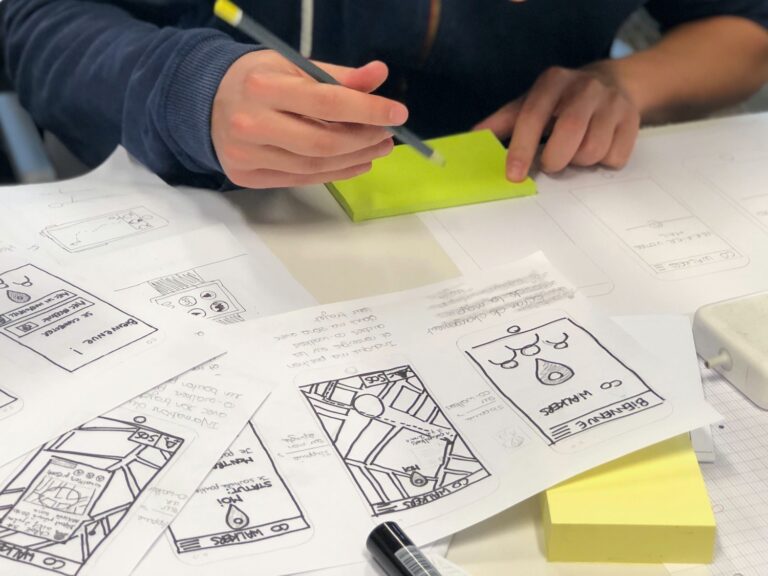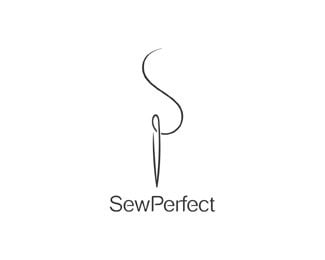
Web design and SEO are truly the backbones of any good e-commerce business model. Without a physical store, you have to rely on your website and content to create a visual and emotional experience for your customers.
Many online stores struggle to balance aesthetics with content, and their copy is either too off-putting or lacks any search optimization whatsoever.
To help you consistently outrank competitors, this guide will explore how to use intent SEO. Not only will you rank higher, but you’ll also be able to naturally multiply your revenue by targeting exactly what your customers want at any given time. Intent SEO is based on the principle that high-ranking content should match a search user’s desire. Whether they want to navigate somewhere particular or learn about a product or service, the best websites optimize to meet various forms of keywords and guide users through a seamless sales funnel. Conceptually, this all seems quite easy to understand. The difficulty comes to implementation. There are thousands of free online resources at your fingertips, and then there are reputable agencies like Granwehr.com that have the readily available expertise to make the process seamless.
The Purpose of Web Design in SEO
Table of Contents
Web design isn’t just about looking good. Although your site should have a strong visual value that pleases your visitors and encourages them to stick around, appearance is actually only one component. Good web design is rooted in elements derived from marketing analytics, consumer psychology, and UX/UI design principles. Technical aspects, like mobile responsiveness and descriptive URLs, influence how well your site performs just as much as traditional SEO. Keywords are only as good as the site they link to, and if your website underperforms or makes it difficult for users to find what they need, you’ll ultimately wind-up losing business.
Why Web Design Is Important for SEO
Google factors your site’s architecture, meta descriptions, and content structure into its ranking. If you have a professional copywriter come up with amazing service and landing pages but a slow site with broken links, they’ll effectively cancel each other out. The biggest mistake you can make is having one person handle both the search optimization and web design aspects of your eCommerce store. These are two highly specific, specialized roles that should only be performed by their respective professionals.
By having a close team dedicated to bringing your eCommerce store to the top of search engines, you’ll find it’s much easier to pinpoint areas that need improvement. Someone who strictly builds sites may have a basic knowledge of SEO and keywords, but they aren’t equipped to develop a robust strategy that’s both efficient and adaptive; you need more than just a one-time list of keywords to reach your audience, and you need an even more detailed understanding of SEO to create an intent-driven strategy that is bolstered by a well-structured website.
What Comes First?
Both design and search engine optimization need to be considered at the same time, but your ultimate page structure and navigation should be guided by your SEO strategy. It’s easier to modify a shell than it is to overhaul an entire site, though the latter can be done as well with enough patience. Ultimately, every design choice should be made with search engine optimization in mind. If it doesn’t pass the SEO test, it’s a no-go. For example, did you know that Flash is an outdated method of coding animations or supporting embedded videos on a website? It’s no longer supported as of 2020, so having it on your site will cause it to rank lower no matter how good your keyword integration is.
Ask your designer to stick to HTML and CSS and perhaps some JavaScript. You want to avoid using too much multimedia on any given page as it slows load times and ultimately harms your score; many of the components we think makes a professional, polished site are actually bad for your rank. Simplicity can be achieved without sacrificing style by incorporating elements of contemporary minimalism. Think powerful headings, bold copy, and intentional white space.
How to Optimize for Intent SEO
Now you know that a website’s structure influences its rank in search engines, but how do you go about improving your strategy? If you can’t build a strong eCommerce site without good search engine optimization, where do you begin? It’s all about intent. There are four primary types of search intent you need to know:
- Informational
- Navigational
- Transactional
- Commercial
An informational search seeks to answer a question or provide a solution to something. People will likely use long-form keywords when performing this type of action online, so structuring your pages and title tags with appropriate variations will serve you well. A navigational search directs a user to a specific site. They may achieve this by directly inputting the URL, searching the company’s, or typing something along the lines of (your store’s name) blog. Users also go online to perform a specific action. This is known as a transactional intent. The most important transaction for an eCommerce store is to make a purchase. When buyers are ready to close a deal, you want to reach them and convert them as quickly as possible.
Lastly, commercial intent is about the investigative journey most online shoppers take before committing to a purchase. Impulse buys aside, people tend to compare products and prices before they settle on a deal. They might pay more for a product if they really support a brand, but you can’t expect everyone to land on your site to automatically become a loyal follower. For that reason, you need rich product or service descriptions that justify your price and provide value to your audience.
Your content should reflect the nature of your audience’s likely intent. This could be done by using phrases that include why, publishing how-to guides, and explaining the best way to do a particular task. All of these content formats also provide ample opportunity for you to naturally incorporate your products.
Tying Things Together
Leveraging a strong site with good SEO and social media will make your eCommerce site shine. You’ll find that the process becomes easier as your store grows and you get to know your audience better. Beyond knowing what products perform best, you’ll discover how people use them and why they matter. This allows you to further evolve your site to reflect the many applications and potential uses of your products.
Photo by Myriam Jessier on Unsplash






